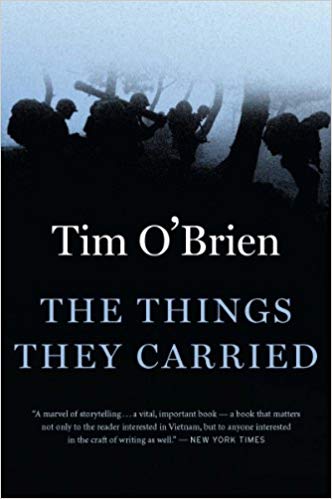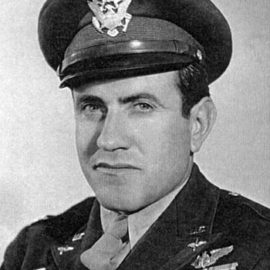

This article is an excerpt from the Shortform summary of "The Things They Carried" by Tim O'Brien. Shortform has the world's best summaries of books you should be reading.
Like this article? Sign up for a free trial here .
What happens in the chapter in The Things They Carried called “The Lives of the Dead”? How does “The Lives of the Dead” show the origins of author/narrator O’Brien’s writing style and his belief in the power of storytelling?
We’ll look at the basic elements of this chapter in The Things They Carried, “The Lives of the Dead,” and look at how a childhood love led to the narrator’s desire to write stories.
The Things They Carried: “The Lives of the Dead”
This chapter in The Things They Carried, “The Lives of the Dead,” is the last chapter of the book. Its main narrative is the last story O’Brien shares with us is one that predates his Vietnam experience. But he sees it as of a piece with what happened to him later in life, because like the stories of Ted Lavender, Curt Lemon, Kiowa, and the young Vietnamese soldier, it is a tale of loss. It is the story of his childhood girlfriend Linda, who died of a brain tumor when they were both nine years old.
In this chapter in The Things They Carried, “The Lives of the Dead,” O’Brien describes his love for Linda as being as deep and rich as any love he later experienced as an adult. He even took her out on a “double date” in 1956 with his parents. He remembers that evening, because she wore a bright red cap, which he’d never seen her wear before.
In the weeks after, he noticed that Linda was wearing the cap to school every day. She was bullied over it by some of her classmates, who thought it was funny to try and snatch it off her head while she wasn’t looking. O’Brien was dismayed to see this happening, but felt himself unable to act on his convictions because of his pride and his wish to maintain his reputation (just as he would years later when he ultimately decided to fight in Vietnam). He didn’t want to be seen as less tough or masculine because he was defending a girl. Looking back, O’Brien laments not having stepped in to do the right thing, and rejects his youth as an excuse. He notes in this chapter in The Things They Carried, “The Lives of the Dead,” that displaying moral courage in the fourth grade would have made him better prepared to face the far harder moral choices in Vietnam.
One day, a bully managed to knock Linda’s cap off during class, revealing her bald scalp beneath. Linda was sick with a brain tumor and had lost all her hair—she had been wearing the cap to cover it up. Later, O’Brien’s mother explained to him that Linda was terminally ill and would soon pass away from the tumor. Linda survived the school year and summer, but died during the September when O’Brien was entering the fifth grade. Foreshadowing the callous and cold way death would be treated on the fields of Vietnam, the same bully who humiliated Linda in class told O’Brien of her death by coming up to him during recess and telling him that Linda had “kicked the bucket.”
According to the narrator in this chapter in The Things They Carried, “The Lives of the Dead,” his experience with Linda was O’Brien’s first glimpse into the power of storytelling. After her death, he began to invent elaborate stories in which Linda was still alive. His dreams and his stories became his secret meeting place with his lost friend. He could bring Linda to life again by telling her story. He could make her real, make her smile and speak. In one of his dreams, the dead Linda likened herself to an old book on a library shelf that hadn’t been checked out for a long time. All she could do was wait for someone to check her out—for someone to tell her story and bring her to life again.
Even amid the brutality of the war, the men were always telling stories about the dead to make them seem more vivid and present. This was how the line between story-truth and happening-truth became blurred. The more vivid the stories were, the more alive and of this world the dead seemed to be. If they could tell stories about Curt Lemon trick-or-treating through a rural Vietnamese village or Ted Lavender being sedated on tranquilizers, it was almost as if they weren’t gone. Like with Linda, storytelling brought the body and soul together. This is the moral of this chapter in The Things They Carried, “The Lives of the Dead.”
———End of Preview———

Like what you just read? Read the rest of the world's best summary of "The Things They Carried" at Shortform . Learn the book's critical concepts in 20 minutes or less .
Here's what you'll find in our full The Things They Carried summary :
- What the Vietnam War was like for soldiers on the ground
- How Vietnam soldiers dealth with the psychological stress of death around them
- How fictional stories can be truer than the truth






